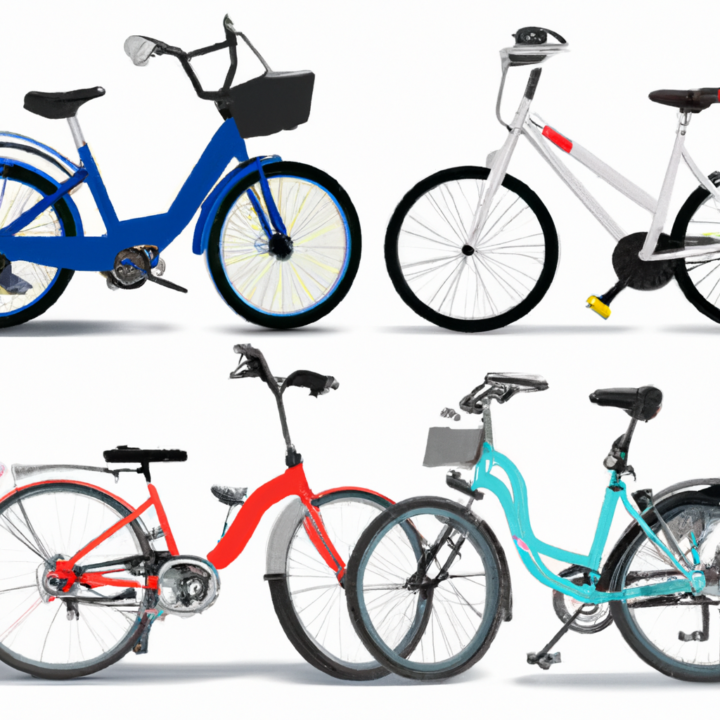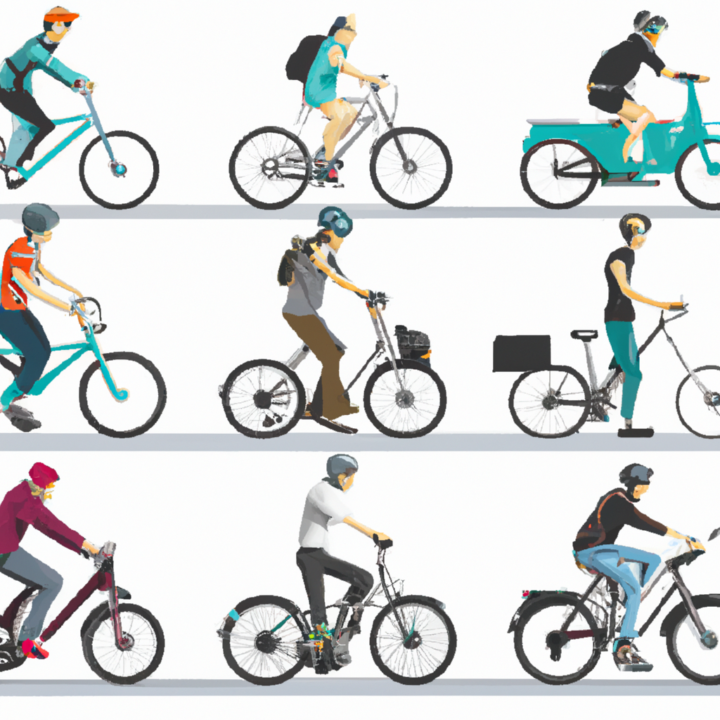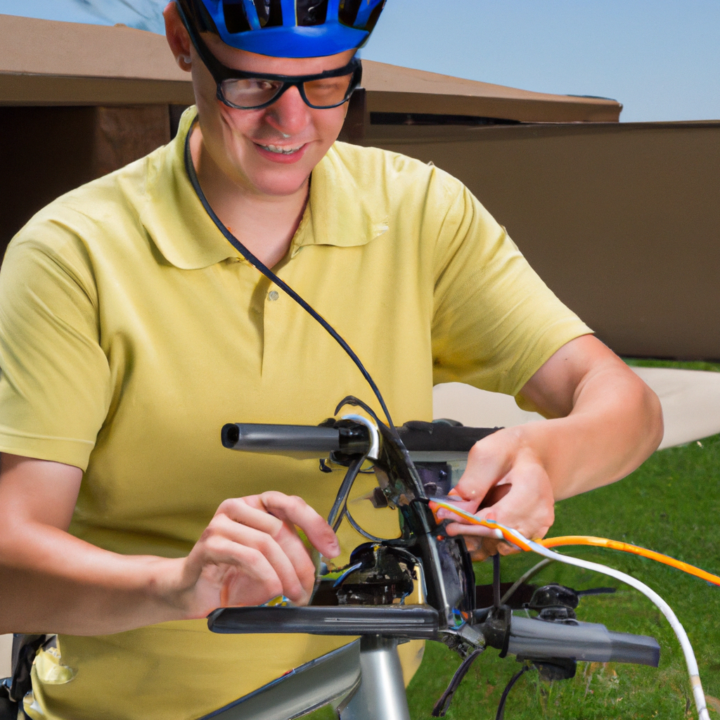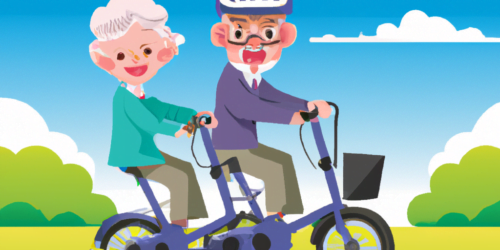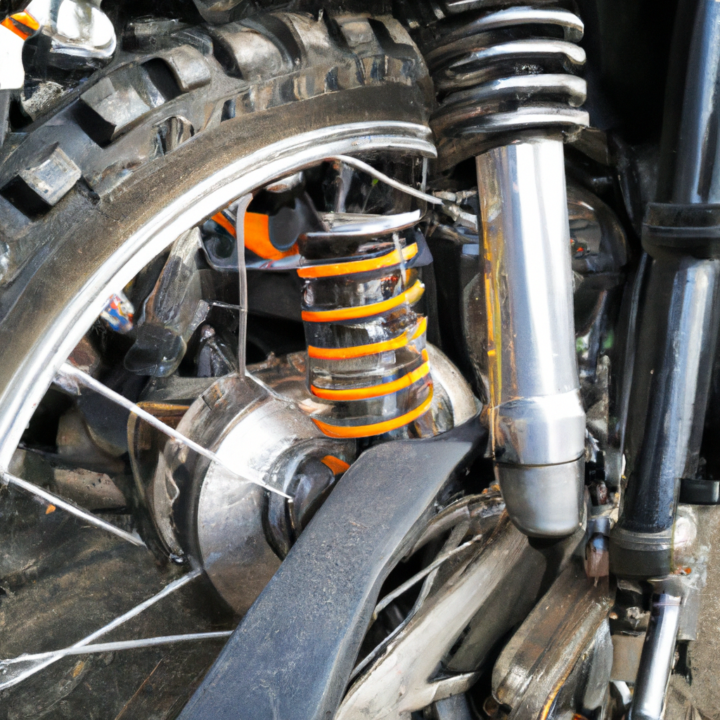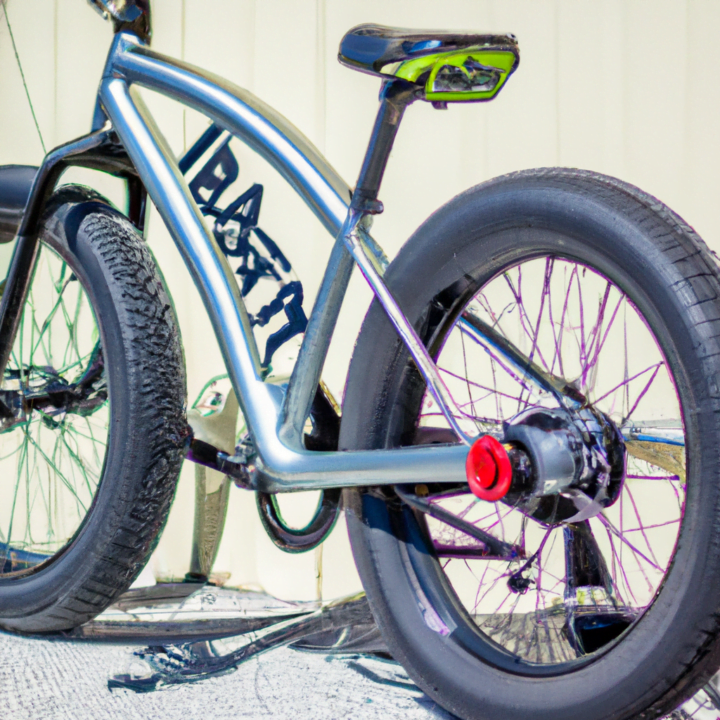Best Electric Mountain Bike Top Tips 2023
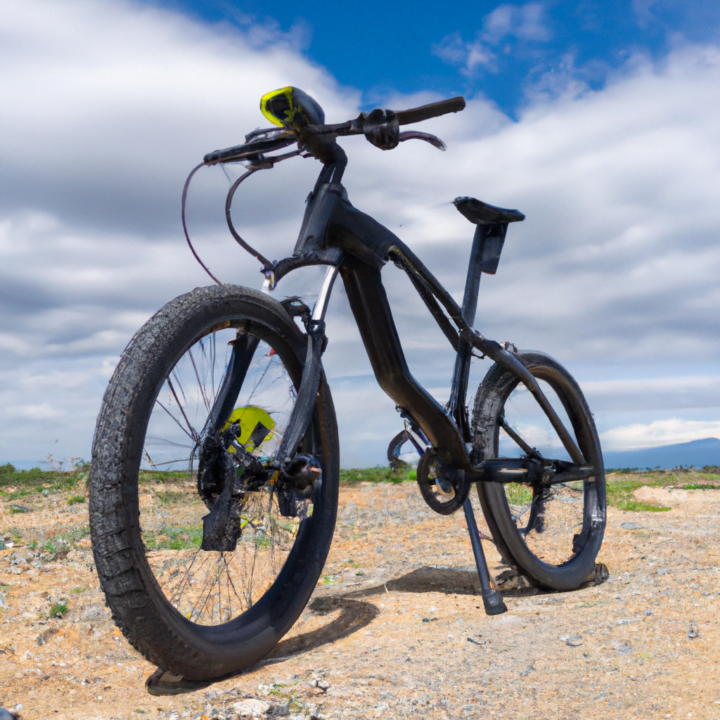
Are you ready to experience the exhilarating adventure of mountain biking, but with an extra boost? Electric mountain bikes, also known as e-MTBs, have gained immense popularity in recent times.
These bikes combine the thrill of traditional mountain biking with the ease and efficiency of electric power.
Whether you are an experienced rider or a beginner looking to explore the trails, this guide will take you through the necessary steps to get on an electric mountain bike.
Step 1: Choosing the Right Electric Mountain Bike
Table Of Contents
The first step towards riding an electric mountain bike is to choose the right electric mountain bike that suits your needs and preferences. Here are a few key factors to consider:
| Factor | Description |
|---|---|
| Power | Consider the motor power and battery capacity of the e-MTB. Higher power and capacity allow for longer rides and better performance on challenging terrains. |
| Assist Modes | Look for bikes with multiple assist modes, such as eco, trail, and boost. These modes enable you to adjust the level of assistance depending on the difficulty of the trail. |
| Weight | Electric mountain bikes are generally heavier than traditional bikes due to the motor and battery. Consider the weight of the bike and how it might affect your riding style and manoeuvrability. |
Take your time to research and test ride different electric mountain bikes before making a purchase. This will ensure that you find the perfect bike that suits your riding style and preferences.
Step 2: Familiarize Yourself with the Controls
Once you have your bike, it is essential to familiarize yourself with the bike’s controls. Unlike traditional bikes, e-MTBs come with additional controls for the electric assistance. Here are the basic controls you need to know:
| Control | Description |
|---|---|
| Power Button | The power button turns the electric motor on and off. |
| Assist Modes | Switch between different assist modes to vary the level of electric assistance. |
| Throttle | Some e-MTBs come with a throttle that allows you to control the electric assistance without pedalling. |
| Display | The display provides information such as speed, battery level, and distance covered. |
Understanding these controls will help you make the most of your electric mountain bike’s features while enjoying a safe and comfortable ride.
Step 3: Practice Riding Techniques
Before conquering challenging mountain trails, it is essential to practice basic mountain biking techniques. Here are a few techniques to focus on:
Body Position
Maintaining the right body position is crucial for stability and control. Keep your knees bent, elbows slightly flexed, and maintain a neutral spine position. This allows you to navigate obstacles and absorb shocks effectively.
Braking
Electric mountain bikes come with powerful disc brakes. Practice modulating your braking force to avoid skidding and maintain control while descending steep trails.
Gear Shifting
Get comfortable with shifting gears to maintain an optimal pedalling cadence. This helps in conserving battery power and ensures a smooth riding experience.
Cornering
Learn to lean your body and bike into corners, distributing your weight in the right way. This technique helps maintain traction and control while navigating sharp turns.
Regular practice on flat trails or in controlled environments will enhance your skills and boost confidence for more challenging rides.
Step 4: Plan Your First Ride
Now that you are familiar with your mountain bike and have honed your mountain biking skills, it’s time to plan your first ride. Consider the following factors when choosing a trail:
Difficulty Level
Start with trails that match your skill level and gradually progress to more challenging terrain as you gain experience. Check trail ratings and descriptions to ensure a safe and enjoyable ride.
Battery Range
Estimate the battery range of your e-MTB and plan your ride accordingly. It is recommended to carry an extra battery or choose a route with charging facilities if you’re planning an extended ride.
Safety Gear
Always prioritize safety and wear appropriate protective gear, including a helmet, knee pads, and elbow pads. These gears provide essential protection in case of falls or accidents.
Riding Etiquette
Respect other trail users and follow the designated trail rules and etiquette. Yield to hikers and horses, and be mindful of the environment by staying on the designated trails.
Remember to pack enough water, snacks, and any necessary tools or equipment for minor repairs. Share your ride plans with a friend or family member for added safety.
Now, you’re all set to embark on an exhilarating adventure on your electric mountain bike!
Remember, practice makes perfect, so keep improving your skills, explore new trails, and enjoy the freedom and excitement that electric mountain biking has to offer.
Frequently Asked Questions – How to Get on an Electric Mountain Bike
1. What is an electric mountain bike?
Also commonly known as an eMTB, is a bicycle equipped with an electric motor and a rechargeable battery. This motor assists the rider’s pedalling, making it easier to climb hills and navigate challenging terrains.
2. How does an electric mountain bike work?
An electric mountain bike operates using a combination of human pedalling power and the assistance of the electric motor. The motor detects the rider’s pedalling and provides additional power to the bike’s drivetrain, amplifying the rider’s effort.
3. Do I need any special skills to ride an electric mountain bike?
Riding an electric mountain bike requires basic cycling skills, similar to riding a regular bicycle. However, it is important to be comfortable with the added power and weight of the eMTB. Practicing balance and control is recommended before tackling more challenging trails.
4. Are there any age or weight restrictions for riding an electric mountain bike?
Age restrictions for riding an electric mountain bike may vary depending on local regulations. Generally, riders under a certain age, often under 16, may require adult supervision. Weight restrictions can vary by model, but most eMTBs can accommodate riders of various weights.
5. How far can I ride on a single charge?
The distance an electric mountain bike can travel on a single charge depends on the battery capacity, terrain, rider’s weight, assist level, and other variables. Typically, eMTBs can cover anywhere between 20 to 80 miles on a single charge.
6. Do I need a license or registration to ride an electric mountain bike?
In most countries, you don’t need a license or registration to ride an electric mountain bike unless it exceeds certain power limits. However, it is essential to familiarize yourself with local laws and regulations as they may vary.
7. How fast can an electric mountain bike go?
The top speed of an electric mountain bike can vary depending on the motor’s power and the assist level chosen by the rider. Most eMTBs can reach speeds of up to 20-28 mph (32-45 km/h), but some models can go even faster.
8. Can I ride an electric mountain bike in the rain?
Yes, you can ride an electric mountain bike in the rain. However, it is important to consider the potential slippery conditions and reduced visibility. Ensure that the bike’s electronic components are adequately protected against water damage.
9. How do I maintain an electric mountain bike?
Regular maintenance is crucial to keep your electric mountain bike in optimal condition. This includes keeping the battery charged, checking tire pressure, lubricating the chain, keeping the bike clean, and periodically inspecting all components for wear and tear.
10. Are electric mountain bikes suitable for beginners?
Yes, electric mountain bikes can be suitable for beginners. They offer extra assistance, making it easier for novice riders to navigate challenging terrains while building confidence. However, it is essential to learn basic cycling skills and gradually progress to more advanced trails.
